Albert-Jan Roelofs - J.S. Bach: Goldberg-Variationen, BWV 988 (2021) Hi-Res
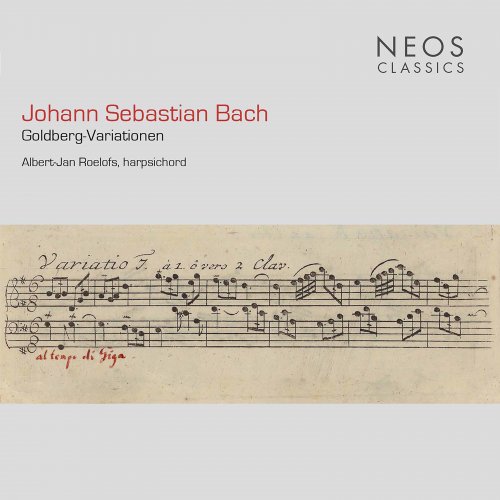
Artist: Albert-Jan Roelofs
Title: J.S. Bach: Goldberg-Variationen, BWV 988
Year Of Release: 2021
Label: NEOS Music
Genre: Classical
Quality: FLAC (tracks) / FLAC 24 Bit (44,1 KHz / tracks)
Total Time: 54:38 min
Total Size: 321 / 593 MB
WebSite: Album Preview
Tracklist:Title: J.S. Bach: Goldberg-Variationen, BWV 988
Year Of Release: 2021
Label: NEOS Music
Genre: Classical
Quality: FLAC (tracks) / FLAC 24 Bit (44,1 KHz / tracks)
Total Time: 54:38 min
Total Size: 321 / 593 MB
WebSite: Album Preview
1. Aria
2. Var. 1
3. Var. 2
4. Var. 3, Canone all’unisono
5. Var. 4
6. Var. 5
7. Var. 6, Canone alla seconda
8. Var. 7
9. Var. 8
10. Var. 9, Canone alla terza
11. Var. 10, Fughetta
12. Var. 11
13. Var. 12, Canone alla quarta
14. Var. 13
15. Var. 14
16. Var. 15, Canone alla quinta
17. Var. 16, Ouverture
18. Var. 17
19. Var. 18, Canone alla sesta
20. Var. 19
21. Var. 20
22. Var. 21, Canone alla settima
23. Var. 22, Alla breve
24. Var. 23
25. Var. 24, Canone all’ottava
26. Var. 25
27. Var. 26
28. Var. 27, Canone alla nona
29. Var. 28
30. Var. 29
31. Var. 30, Quodlibet
32. Aria da capo
Whether it was ever the intention to perform the Goldberg Variations in their entirety will always remain an open question. Contemporary reports from the circle of Johann Sebastian Bach, who composed this work around 1740, point in a different direction. Around 1800, based on information from Bach’s sons, Johann Nicolaus Forkel tells of the sleepless nights of Count Hermann Carl von Keyserlingk, at that time (1733–1745) Russian envoy in Dresden. Keyserlingk requested that his friend Bach make this persistent insomnia more bearable with music from his own hand. Bach hoped that a work with variations on a bass line would best satisfy this desire. Keyserlingk then asked his house harpsichordist, Johann Gottlieb Goldberg (after whose name this work became known), occasionally to play one or more of ‘his’ variations. However, it is the whole and integral performance of this set of variations that has acquired a permanent place in the repertoire of many a harpsichordist and pianist. By opting for an integral performance, the interpreter is expected to determine his thoughts in relation to the question of how the various variations relate to each other.
It is completely unclear where the idea of playing variations in different tempi comes from. The original score from 1741 gives only one tempo indication (at variation 15 andante), although two other indications (at variation 16 and variation 22) imply a specific tempo. Editions with tempo indications for each individual variation cannot be found until the middle of the nineteenth century, which reveals the need for clear tempo differentiations, obviously an expression of a Romantic spirit. This attitude, however, contradicts the Baroque aesthetic of regularity and symmetry.
Bach wrote the variations in different time signatures. Against this background, the question arises as to how this standard or uniform tempo is to be maintained. The answer can be found in the last bar of variation 26, where the notation of the rests deviates from the usual in a 18/16 time signature. The subdivision of the rhythmic accents thus shifts from 2 x 3 to 3 x 2 semiquavers. This last subdivision corresponds to the rhythmic accents in a 6/8 bar, the time signature of variation 27. Since, according to sources from Bach’s circle (including Kirnberger), the 8-denominator metres are to be understood fundamentally as triplet subdivisions of the 4-denominators, it quickly becomes clear that a uniform pulse is recognisable in the various variations and time signatures, which is based on the quarter-note of the Aria and can thus be regarded as the starting point for the choice of tempo. The present recording draws precisely on this idea; a uniform pulse creates a great unity in the work and lets the bass line work as a kind of ‘mantra’ which, despite the fact that this is anything but soporific music, allows the listener to experience a "swaying" cadence.
It is completely unclear where the idea of playing variations in different tempi comes from. The original score from 1741 gives only one tempo indication (at variation 15 andante), although two other indications (at variation 16 and variation 22) imply a specific tempo. Editions with tempo indications for each individual variation cannot be found until the middle of the nineteenth century, which reveals the need for clear tempo differentiations, obviously an expression of a Romantic spirit. This attitude, however, contradicts the Baroque aesthetic of regularity and symmetry.
Bach wrote the variations in different time signatures. Against this background, the question arises as to how this standard or uniform tempo is to be maintained. The answer can be found in the last bar of variation 26, where the notation of the rests deviates from the usual in a 18/16 time signature. The subdivision of the rhythmic accents thus shifts from 2 x 3 to 3 x 2 semiquavers. This last subdivision corresponds to the rhythmic accents in a 6/8 bar, the time signature of variation 27. Since, according to sources from Bach’s circle (including Kirnberger), the 8-denominator metres are to be understood fundamentally as triplet subdivisions of the 4-denominators, it quickly becomes clear that a uniform pulse is recognisable in the various variations and time signatures, which is based on the quarter-note of the Aria and can thus be regarded as the starting point for the choice of tempo. The present recording draws precisely on this idea; a uniform pulse creates a great unity in the work and lets the bass line work as a kind of ‘mantra’ which, despite the fact that this is anything but soporific music, allows the listener to experience a "swaying" cadence.
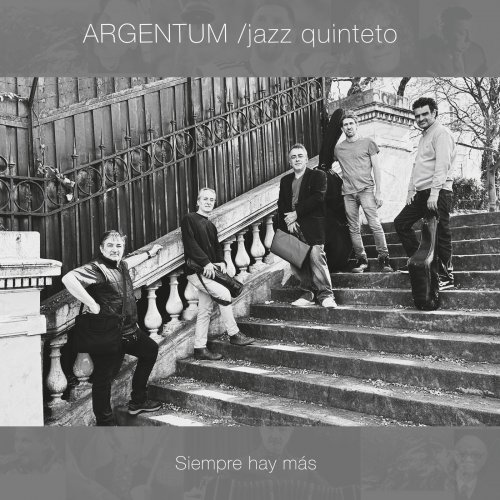
![Frank Sinatra, Count Basie - It Might As Well Be Swing (1964) [2021 SACD] Frank Sinatra, Count Basie - It Might As Well Be Swing (1964) [2021 SACD]](https://www.dibpic.com/uploads/posts/2025-12/1766090910_scan-1.jpeg)
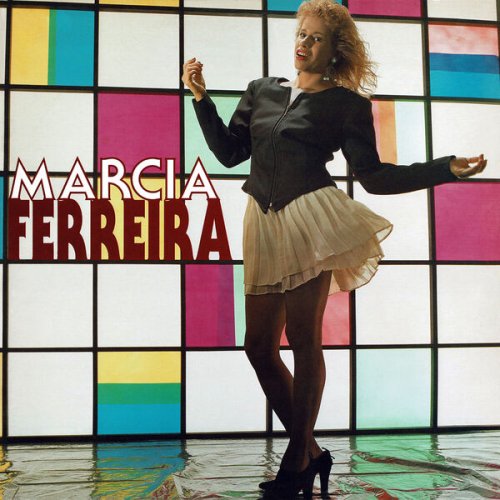
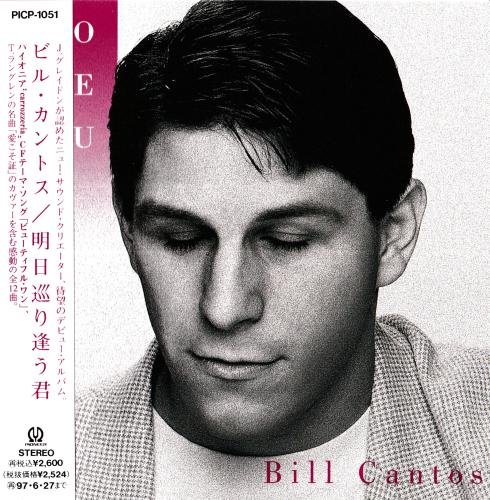
![Clifton Chenier - Classic Clifton (1980) [Hi-Res] Clifton Chenier - Classic Clifton (1980) [Hi-Res]](https://img.israbox.com/img/2025-12/20/7uht6cuaz3rb4d8ybfskyckea.jpg)
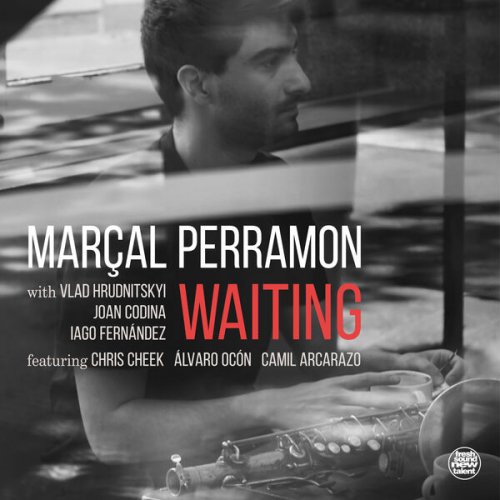
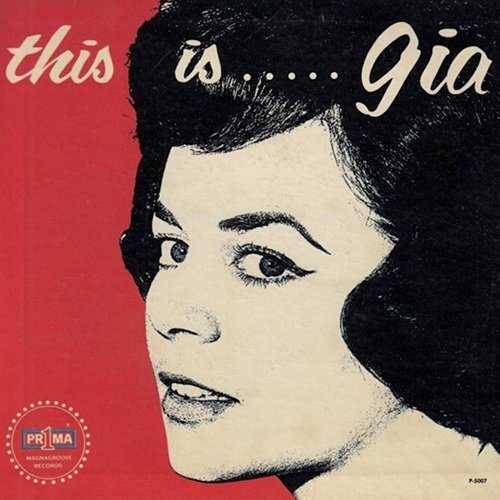
![Xavi Torres - Amsterdam Magic (2025) [Hi-Res] Xavi Torres - Amsterdam Magic (2025) [Hi-Res]](https://www.dibpic.com/uploads/posts/2025-12/1766061682_cover.jpg)
![Clifton Chenier - Black Snake Blues (1986 Edition) (1986) [Hi-Res] Clifton Chenier - Black Snake Blues (1986 Edition) (1986) [Hi-Res]](https://img.israbox.com/img/2025-12/20/5hzj0ndlb0r4b8ignhx86mdc7.jpg)